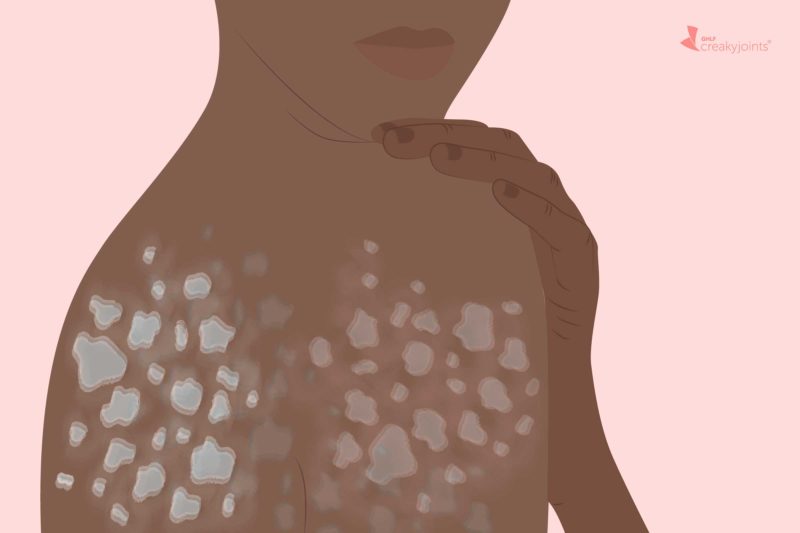Rheumatic conditions aren’t limited to symptoms like joint pain and stiffness. People with rheumatic conditions often also have skin symptoms like rashes, bruising, and damaged nails. These extra-articular (non-joint) manifestations often provide clues that can point a health care provider toward the right diagnosis, help them figure out which tests to order, or prompt them to change treatment to manage a flare. But doctors can’t identify visible indicators of disease unless they have some frame of reference. For new physicians, as well as those who don’t frequently see rheumatic disease patients, that familiarity starts with what they find in training resources, which include rheumatology image banks.
Although that might work fine in theory, there’s an issue when it comes to images reflecting diversity of skin color, since different conditions may present differently in different skin tones. According to a new study, published in the journal Arthritis Care & Research, “darker skin tones are significantly underrepresented in major rheumatology clinical image banks.”
To conduct the study, researchers from the University of California San Francisco School of Medicine analyzed images of rheumatic disease patients from four commonly used training resources: the American College of Rheumatology Image Library, UpToDate, the New England Journal of Medicine Images in Clinical Medicine and Clinical Cases (filtered by “rheumatology”), and the 9th edition of Kelley’s Textbook of Rheumatology.
Of the more than 1,000 images analyzed, the overwhelming majority (84 percent) featured rheumatic-related skin conditions on light skin tones. Only 13 percent of the images pictured patients with dark skin, and 3 percent were of “indeterminate” skin color.
This underrepresentation is especially problematic because several rheumatic conditions are more prevalent among certain ethnic and racial groups of people of color than they are in white people. For instance, according to the authors, Asian, Native American, and Black individuals make up roughly 44 percent of prevalent lupus cases in the U.S., but the overall representation of dark skin in lupus images is only 23 percent.
“Rheumatologists need to improve racial and ethnic representation of clinical images in our educational materials to teach trainees and decrease health disparities,” they wrote.
To that end, the authors suggested the editors of these rheumatic educational resources increase the number of images of darker skin they include and prioritize enhancing “image diversity for those diseases that are most commonly associated with cutaneous [skin] manifestations, including SLE, vasculitis, inflammatory myopathies, systemic sclerosis, sarcoidosis, and psoriasis.”
Track Your Symptoms with ArthritisPower.
Join CreakyJoints’ patient-centered research registry and track symptoms like fatigue and pain. Learn more and sign up here.
Strait A, et al. Race, Ethnicity and Disparities in Rheumatology Educational Materials. Arthritis Care & Research. March 25, 2021. doi: https://doi.org/10.1002/acr.24602.






